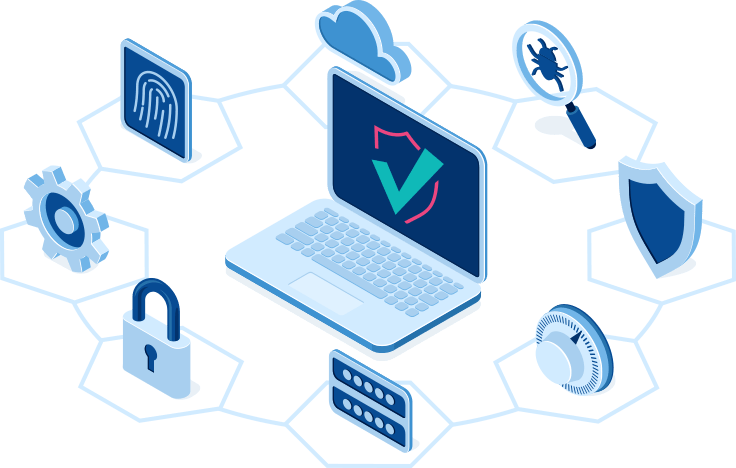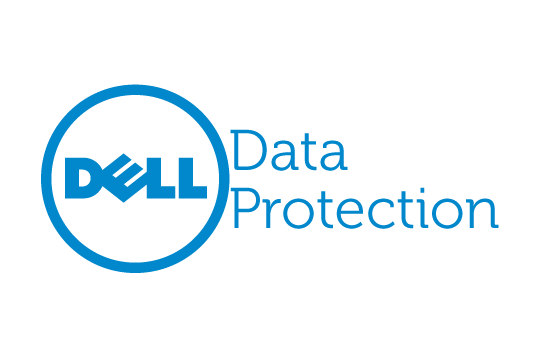Endpoints are the devices that access the network, such as: desktops, laptops, tablets, mobile devices, servers, and printers.
They are often targeted by hackers, because they can be exploited by malware that can leak or steal data from the network. According to Verizon’s threat report, up to 30% of data breaches involved malware being installed on endpoints. Endpoint security software enables businesses to protect their devices and data from cyber threats.

Endpoint Detection and Response (EDR)
Endpoint Detection and Response (EDR) is a form of security software that continuously monitors and protects the devices that connect to a network from advanced cyber threats.
Why is Endpoint Detection and Response important?
It helps to prevent data breaches, comply with regulations, and reduce costs and complexity of managing multiple security solutions. By collecting and analyzing data from all the endpoints on the network, such as computers, mobile devices, servers, and IoT devices.
Using various techniques, such as: Artificial Intelligence (AI), Machine Learning (ML), behavioral analysis, and threat intelligence, to detect and respond to suspicious or malicious activities in real time. EDR can also isolate and remediate affected devices, and provide tools for security teams to investigate and hunt for threats.
Endpoint Detection and Response Features:
- Protecting All Endpoints
- Securing Remote Working
- Detecting and Responding to Threats
- Preventing Data Loss
- Reducing Costs and Complexity

![]()
![]()
![]()
Mobile Application Management (MAM)
Mobile Application Management (MAM) is a software that allows IT administrators to have full control over the applications installed on user end devices.
Why is Mobile Application Management (MAM) important?
It helps to secure corporate data and policies on mobile devices, especially in the Bring Your Own Device (BYOD) work environment.
MAM enables IT admins to manage the life cycle of mobile applications, such as: configuring, distributing, installing, updating, uninstalling, deleting, and blocking apps. Also allows IT admins to apply security policies and restrictions to individual apps or groups of apps, such as encryption, authentication, data loss prevention (DLP), device control, and firewall.
Mobile Application Management (MAM) Features:
- Protecting Corporate Data
- Securing Remote Working
- Separating Personal and Work Data
![]()



Mobile Data Protection (MDP)
Mobile Data Protection (MDP) is a technique that secures data on movable storage systems, such as: laptops, smartphones, and removable media.
Why is Mobile Data Protection (MDP) important?
It helps to prevent data leakage or theft, comply with regulations, and reduce costs and complexity of managing multiple security solutions.
MDP provides common protection policies across multiple platforms, such as: encryption, authentication, firewall, device control, and data loss prevention (DLP). It also provides auditable proof that data is protected.
Mobile Data Protection (MDP) Features:
- Protecting Corporate Data
- Securing Remote Working
- Data Integrity Proof



Unified Endpoint Management (UEM)
UEM is the latest evolution of mobile security management tools, which started with Mobile Device Management (MDM) and progressed to Enterprise Mobility Management (EMM). MDM focused on managing and securing the entire device, while EMM added the capabilities of managing and securing individual apps and data. UEM goes beyond MDM and EMM by supporting all types of devices, such as: desktops, laptops, smartphones, tablets, wearables, and IoT devices, regardless of their operating system or location.
Unified Endpoint Management (UEM) Features:
- Device Enrollment, Provisioning, and Encryption
- Device Control and Lockdown
- App Management and Containerization
- Data Loss Prevention (DLP)
- Vulnerability Management and Patching
- Threat Detection and Response
![]()
![]()





